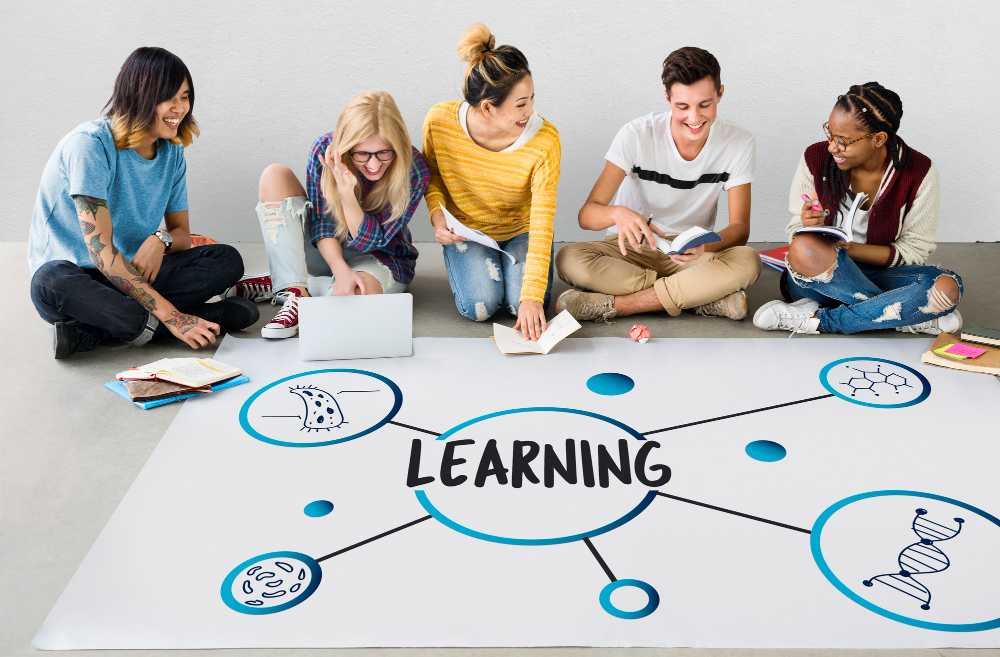In the digital age, technology has become a cornerstone of modern education. Teachers are increasingly leveraging innovative tools to enhance the learning experience. From interactive whiteboards to personalized learning platforms, these advancements are transforming traditional classrooms. This article explores five key ways technology is streamlining the teaching and learning process.
Personalized Learning Platforms: Tailoring Education to Individual Needs
Personalized learning platforms are revolutionizing the way education is delivered. These platforms use algorithms to adapt to each student’s learning style, pace, and preferences. This customization ensures that learners receive instruction that is tailored to their individual needs. As a result, students are more engaged and motivated, leading to improved academic outcomes. Additionally, teachers can use the data generated by these platforms to identify areas where students may need extra support. This targeted approach to teaching and learning is making education more effective and inclusive. Studies have shown that personalized learning can lead to significant gains in student achievement, especially in subjects like math and reading.
Interactive Whiteboards: Engaging Students in Collaborative Learning
Interactive whiteboards are a powerful tool for fostering collaboration and engagement in the classroom. These boards provide a dynamic platform where students can interact with lesson content in real-time. By allowing multiple users to touch and manipulate digital elements simultaneously, they promote group problem-solving and discussion. This interactive approach not only enhances understanding but also keeps students motivated and focused. Furthermore, teachers can use interactive whiteboards to integrate multimedia resources into their lessons, making complex concepts more accessible and engaging. Research indicates that the use of interactive whiteboards can lead to improved student performance, particularly in subjects such as mathematics and science.
Learning Management Systems: Organizing and Streamlining Course Content
Learning Management Systems (LMS) are a vital component of classroom management software, streamlining the organization and delivery of educational content. These systems provide a centralized platform for storing, accessing, and managing course materials. Teachers can easily upload lesson plans, assignments, and resources, making them readily available to students. LMS also facilitate communication and collaboration, allowing for discussion forums and real-time feedback. This streamlined approach reduces administrative tasks, enabling educators to focus more on teaching and less on paperwork. Additionally, LMS can track student progress and performance, providing valuable insights for personalized instruction. The adoption of LMS in educational institutions has been shown to enhance the efficiency of teaching and learning processes, leading to better student outcomes.
Online Assessment Tools: Simplifying Grading and Feedback
Online assessment tools are revolutionizing the way educators evaluate student performance. These tools enable teachers to create, administer, and grade assessments with ease, saving valuable time. Automated grading systems provide immediate feedback, allowing students to identify areas for improvement quickly. Furthermore, these platforms offer a range of question types, from multiple-choice to short-answer, catering to diverse learning styles. The use of online assessments also facilitates remote learning, ensuring continuity in education regardless of location. Additionally, the data collected from these assessments can be used to analyze trends and inform instructional strategies. Research has shown that the integration of online assessment tools can lead to more efficient and effective assessment practices, enhancing the overall learning experience.
Educational Apps: Enhancing Learning with Interactive Tools
Educational apps are transforming the learning landscape by providing interactive tools that engage students. These apps offer a variety of activities, from quizzes to virtual simulations, that cater to different learning styles. By incorporating gamification elements, educational apps make learning more enjoyable, leading to higher retention rates. They also allow for self-paced learning, giving students the flexibility to progress at their own speed. Moreover, many educational apps provide instant feedback, enabling learners to quickly identify and correct mistakes. The accessibility of these apps on various devices ensures that learning can take place anytime, anywhere. Studies have demonstrated that the use of educational apps can significantly improve student engagement and academic performance.
Embracing the Future of Education with Technology
Technology is revolutionizing the educational landscape, offering new possibilities for both teachers and students. By embracing these tools, educators can create more engaging and effective learning environments. The future of education is bright with the integration of technology, paving the way for a more dynamic and personalized approach to teaching and learning. As technology continues to evolve, so too will the opportunities for enhancing education.








